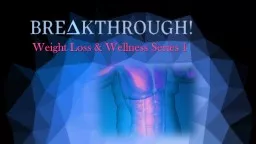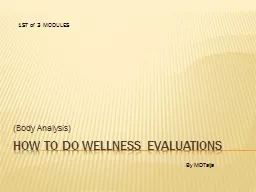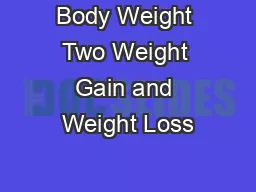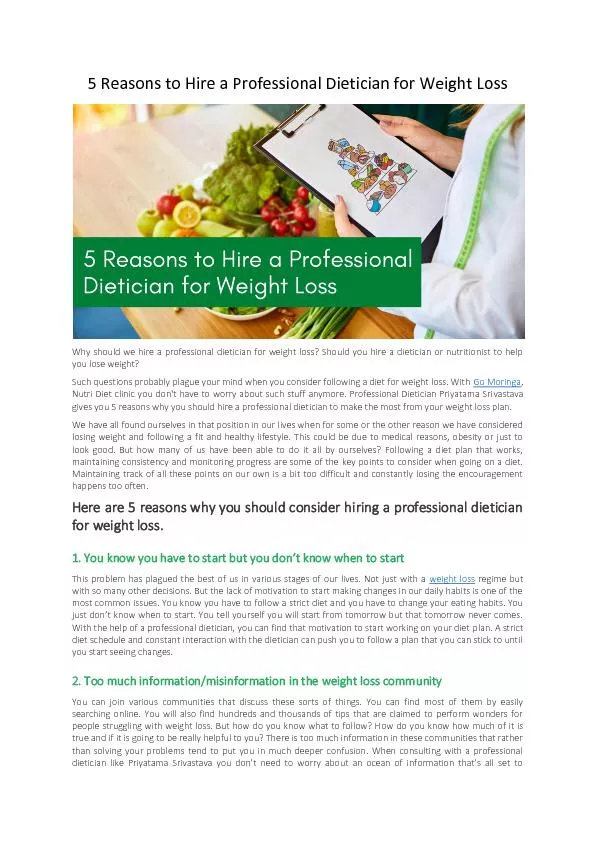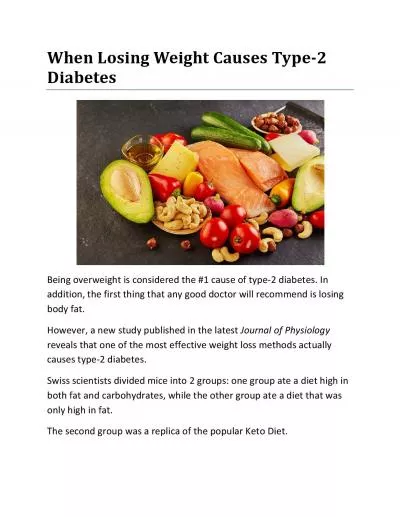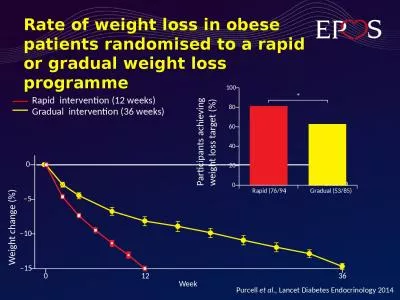PPT-Weight Loss & Wellness Series 1
Author : calandra-battersby | Published Date : 2018-11-09
Welcome to the BreakThrough Lecture Series Thank you to the staff of Fidalgo Bay Resort and the Samish Tribe for use of this beautiful location Meranda Speers RN
Presentation Embed Code
Download Presentation
Download Presentation The PPT/PDF document "Weight Loss & Wellness Series 1" is the property of its rightful owner. Permission is granted to download and print the materials on this website for personal, non-commercial use only, and to display it on your personal computer provided you do not modify the materials and that you retain all copyright notices contained in the materials. By downloading content from our website, you accept the terms of this agreement.
Weight Loss & Wellness Series 1: Transcript
Download Rules Of Document
"Weight Loss & Wellness Series 1"The content belongs to its owner. You may download and print it for personal use, without modification, and keep all copyright notices. By downloading, you agree to these terms.
Related Documents

